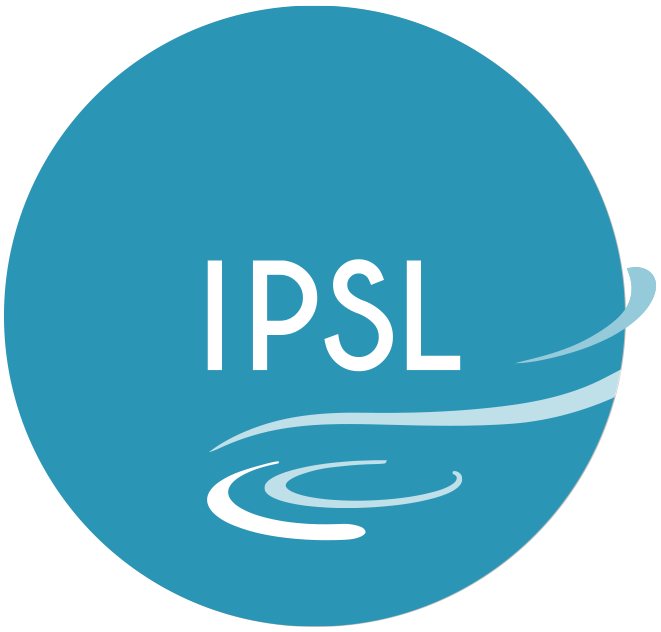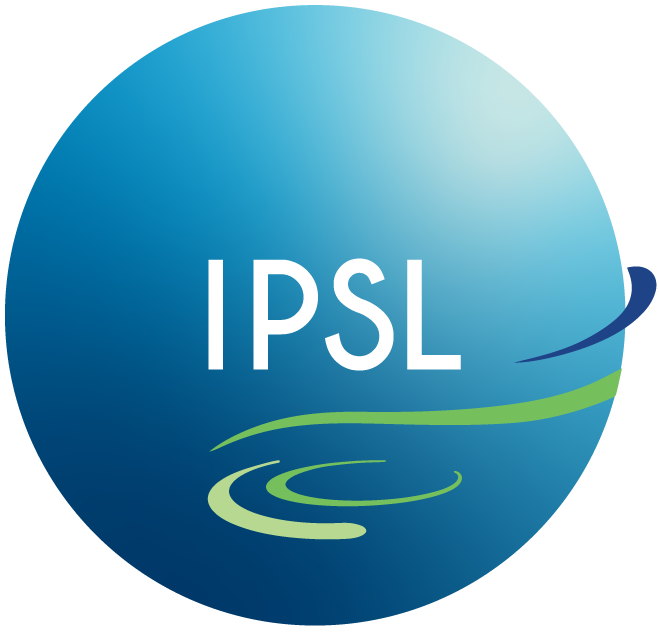Satellite observations have revolutionized the way we observe the oceans, which are often difficult to access with in situ facilities, due to their remoteness and the extreme conditions that sometimes prevail.
They provide information on ocean circulation, air-sea interactions and ocean biology.
Main variables accessible from space concern:
- ocean surface currents,
- sea surface temperature and salinity,
- sea surface waves characteristics,
- chlorophyll and phytoplancton types,
- sea ice characteristics.
IPSL is involved into numerous satellite missions with activities around
- the proposal of new missions to CNES and ESA calls for innovative science
- the definition of geophysical products and the development of associated retrievals workflows
- the definition of the scientific requirements for satellite retrieved parameters
- the calibration of the instruments (do they see what they are designed for ?)
- the validation of the measurements (what are the errors and the uncertainties ? can we reach the scientific objectives with the measurements ?)
- the scientific use of satellite parameters(e.g. process studies, climate monitoring).
These works greatly benefit from interactions between satellite and in situ observations and numerical simulations.
Among them :
- SMOS (ESA/CNES/CDTI):
https://www.esa.int/Applications/Observing_the_Earth/FutureEO/SMOS
- SWOT (CNES/NASA) :
https://swot.cnes.fr/
CFOSAT (CNES/CNSA) :
CIMR (ESA/Copernicus) :
https://www.eoportal.org/satellite-missions/cimr#development-status
Ocean colour :
Links with IPSL research themes
- The water cycle => lien vers page web
- Marine Biogeochemistry, ecosystems and ressource => lien vers page web
Involvement in national networks
- Expert support laboratory for the ‘Centre Aval de Traitement des Données SMOS’
Implications in European Projects
SMOS ESA Expert Support laboratory
– ESA CClimate Change Initiative Sea Surface Salinity
-SWOT Adopt A Crossover
– CIMR mission preparation
-JPI Eurec4A-OA
-CMEMS
Satellites & sub-orbital synergies
– Process studies from satellite & sub-orbital synergies
Eurec4A (sea surface salinity, temperature, chlorophylle, altimetric currents), …
– Déploiement d’instruments pour cal/val
Ship campaigns coordinated with satellite acquisitions (e.g. SWOT Adapt A Crossover, SMOS/SPURS1/2, …)
– Liens IR / SNOs / site instrumentés
SNO SSS …
– Avec figure d’exemples
Figure: In situ and satellite information combination off the coast of French Guyana for studying the evolution of a low salinity patch enriched in chlorophyll, detaching from the Amazon plume and moving towards the Caribbean- Left: Satellite sea surface salinity (SMOS+SMAP) and in situ drifters trajectories deployed from Tara sailing ship ; right) satellite chlorophylle A and geostrophic currents (from altimetry) (Olivier et al., JGR-Oceans, 2023, en révision).
– ESPRI-OBS si pertinent
proposition : liste des thèses en lien avec les missions citées.
| tel-01497750v1 Thèse Salinité de surface dans le gyre subtropical de l’Atlantique Nord (SPURS/SMOS/Mercator)Océanographie. Université Pierre et Marie Curie – Paris VI, 2016. Français. ⟨NNT : 2016PA066436⟩ | |
| tel-00003277v1 Thèse De la détermination de la salinité de surface des océans à partir de mesures radiométriques hyperfréquences en bande LPhysique [physics]. Université Pierre et Marie Curie – Paris VI, 2003. Français. ⟨NNT : ⟩ | |
| tel-00471532v1 Thèse Préparation de l’étalonnage et de la validation des mesures de salinité SMOS : De l’influence de la stratification verticale de la salinitéOcéan, Atmosphère. Université Pierre et Marie Curie – Paris VI, 2009. Français. ⟨NNT : ⟩ | |
| tel-04024079v1 Thèse Étude des dessalures à la surface d’un océan stratifié à partir d’observations satellitaires et de mesures in-situOcéanographie. Sorbonne Université, 2020. Français. ⟨NNT : 2020SORUS390⟩ | |
| tel-00850877v1 Thèse Analyse des mesures radiométriques en bande-L au-dessus de l’océan : Campagnes CAROLSElectromagnétisme. Université Pierre et Marie Curie – Paris VI, 2013. Français. ⟨NNT : ⟩ Georges Baaklini. Characterization of the Eastern Mediterranean surface dynamics : Insights fromdrifter assimilation and machine learning techniques. Theses, Sorbonne Universit´e, July 2022. URLhttps://theses.hal.science/tel-03828273.Gina Fifani. Lagrangian dispersion and oil spills : with a case study in the Eastern Mediterranean.Theses, Sorbonne Universit´e, November 2021. URL https://theses.hal.science/tel-03523677. Clément Soriot. Caract´erisation de la banquise Arctique `a partir d’observations micro-ondes multi-satellites. Theses, Sorbonne Universit´e, November 2022. URL https://theses.hal.science/tel-04011507. Lise Kilic. Estimation des param`etres de surface des oc´eans et de la banquise `a partir d’observationsmicro-ondes basses fr´equences. Theses, Sorbonne Universit´e, September 2019. URL https://theses.hal.science/tel-02950850. Roy El Hourany. T´el´ed´etection du phytoplancton par m´ethode neuronale : du global au r´egional,de la composition pigmentaire aux bior´egions. Theses, Sorbonne Universit´e, March 2019. URLhttps://theses.hal.science/tel-02562426. Eva Le Merle. ´Etude des propri´et´es physiques des vagues oc´eaniques `a partir d’observations par radara´eroport´e `a ouverture r´eelle. Theses, Universit´e Paris Saclay (COmUE), December 2019. URLhttps://theses.hal.science/tel-02537212 |


